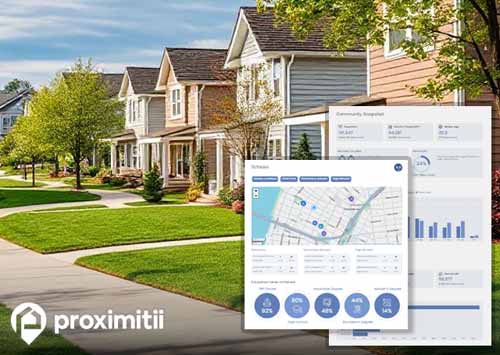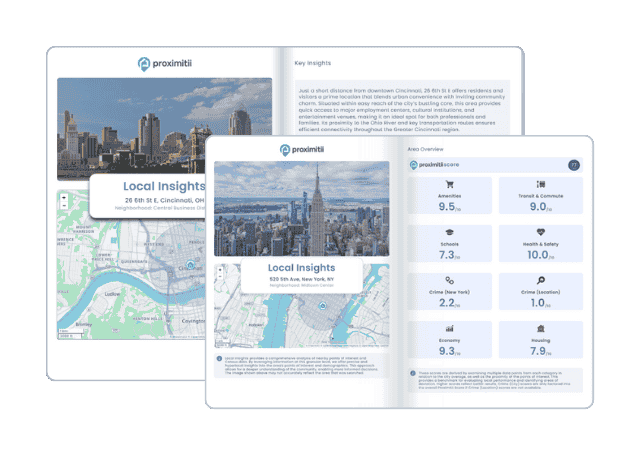| Statistic | Claremont | North Carolina | National |
| Population | 1,924 | 10,488,084 | 328,239,523 |
| Population density (sq mi) | 675 | 218 | 91 |
| Median age | 41.4 | 38.3 | 37.7 |
| Male/Female ratio | 0.9:1 | 1.0:1 | 1.0:1 |
| Married (15yrs & older) | 60% | 57% | 55% |
| Families w/ Kids under 18 | 56% | 43% | 43% |
| Speak English | 87% | 89% | 79% |
| Speak Spanish | 8% | 7% | 13% |


The population in Claremont is 1,924, while the population density is 675 people per square mile, contrasting with the national average of 91. The median age stands at 41.4, with 60% of individuals aged 15 or older being married and 56% having children under 18. In terms of household income equality in Claremont, 12% of households report a median income below $25,000, while 12% report an income exceeding $150,000. The Claremont demographics data can provide invaluable insight into the composition, dynamics and needs of urban and rural areas, enabling planners, developers and policymakers to strategize effectively for the promotion of prosperity, equity and well-being for all residents in the area.
Recognizing the racial demographics and ethnicity breakdown of Claremont is pivotal for addressing systemic inequities, championing social justice and inclusion and fostering resilient communities. In Claremont, the racial breakdown comprises 83.8% White, 2.6% Black or African American, 3% Asian, 0% American Indian, and 0% Native Hawaiian, with 10.5% of the population identifying as Hispanic or Latino. 87.5% of households reported speaking English only, while 8.2% reported speaking Spanish only. Furthermore, 2.1% of residents were categorized as foreign-born.
Regions with below-average population density like Claremont, tend to offer a serene pace of life, stronger ties to nature, tight-knit communities, increased affordability and heightened safety, making them appealing havens for those desiring a tranquil lifestyle away from urban chaos. These locales often boast a more economical cost of living, with housing prices typically more accessible and residents may enjoy reduced taxes, living expenses and insurance rates. Low population density areas generally exhibit lower crime rates than densely populated urban regions, fostering a heightened sense of security for residents and their families. With a population density of 675 people per square mile, Claremont ranks lower than 50% of cities nationwide and positions itself in a great spot to take advantage of all these benefits.
A family-friendly city like Claremont can prioritize the well-being and needs of families, creating an environment where children thrive, parents feel supported and families can enjoy a high quality of life together. Family-friendly cities are also known to foster a strong sense of community, with neighbors supporting and looking out for one another. These areas could also boast excellent educational opportunities, including high-quality schools, libraries and extracurricular activities. Access to quality education is essential for children's development and future success. By prioritizing the well-being of its residents, such cities become vibrant and resilient communities where families can truly flourish. In Claremont, 56% of families have kids under the age of 18 and 60% of residents over 15 years old are married. These demographics put this area in a position to reap the benefits of a family-friendly area.
Understanding Populations: By delving into and analyzing the Claremont demographic stats, we can uncover insightful details regarding the composition and attributes of populations, spanning age, gender, race, ethnicity, income, education and other socio-economic indicators. This comprehension is vital for addressing the diverse needs, preferences and hurdles faced by various demographic groups within communities. Demographics wield significant influence in understanding populations, shaping decision-making processes and championing equity, inclusion, and the overall welfare of all individuals and communities. The Claremont population and demographic data serves as a cornerstone for tackling social, economic and environmental challenges, while simultaneously nurturing the well-being and resilience of societies.
Social Cohesion: Analyzing demographics is vital for nurturing social cohesion and fostering understanding among diverse communities. By embracing and respecting variations in Claremont demographics, societies can advance inclusivity, diversity and social unity while combatting social inequalities and advocating for equal opportunities. Racial demographics mirror the diversity within a population and can be instrumental in cultivating inclusive and inviting communities. Embracing diversity strengthens social bonds, fosters cultural appreciation and enriches society by acknowledging the contributions of individuals from various racial and ethnic backgrounds.
Policy Planning: Demographic data and statistics serve as vital tools for informing policy and decision-making processes across various levels of government, as well as within organizations and businesses. Through the reporting and analysis of demographic data, policymakers, government officials, and organizational leaders can pinpoint areas of need, allocate resources efficiently, and craft tailored policies and programs to address the unique needs and priorities of different demographic groups. The utilization of demographic data in Claremont is instrumental in policy planning, facilitating resource allocation, evidence-based decision-making, priority identification, trend forecasting, policy impact assessment, and the promotion of equity and inclusion. By harnessing this data effectively, policymakers can devise targeted, impactful, and inclusive policies that cater to the diverse needs of communities.

Why stop at city-to-city? With Local Insights, you can compare neighborhoods, zip codes, or even exact addresses. Access 300+ hyperlocal data points—from schools and crime to housing and amenities—to see which area is the better fit.

| Race | Claremont | North Carolina | National |
| White | 83.84% | 69.24% | 73.35% |
| Black | 2.60% | 21.50% | 12.63% |
| Asian | 3.01% | 2.56% | 5.22% |
| American Indian | 0.00% | 1.18% | 0.82% |
| Native Hawaiian | 0.00% | 0.07% | 0.18% |
| Mixed race | 10.03% | 2.45% | 3.06% |
| Other race | 0.52% | 3.01% | 4.75% |